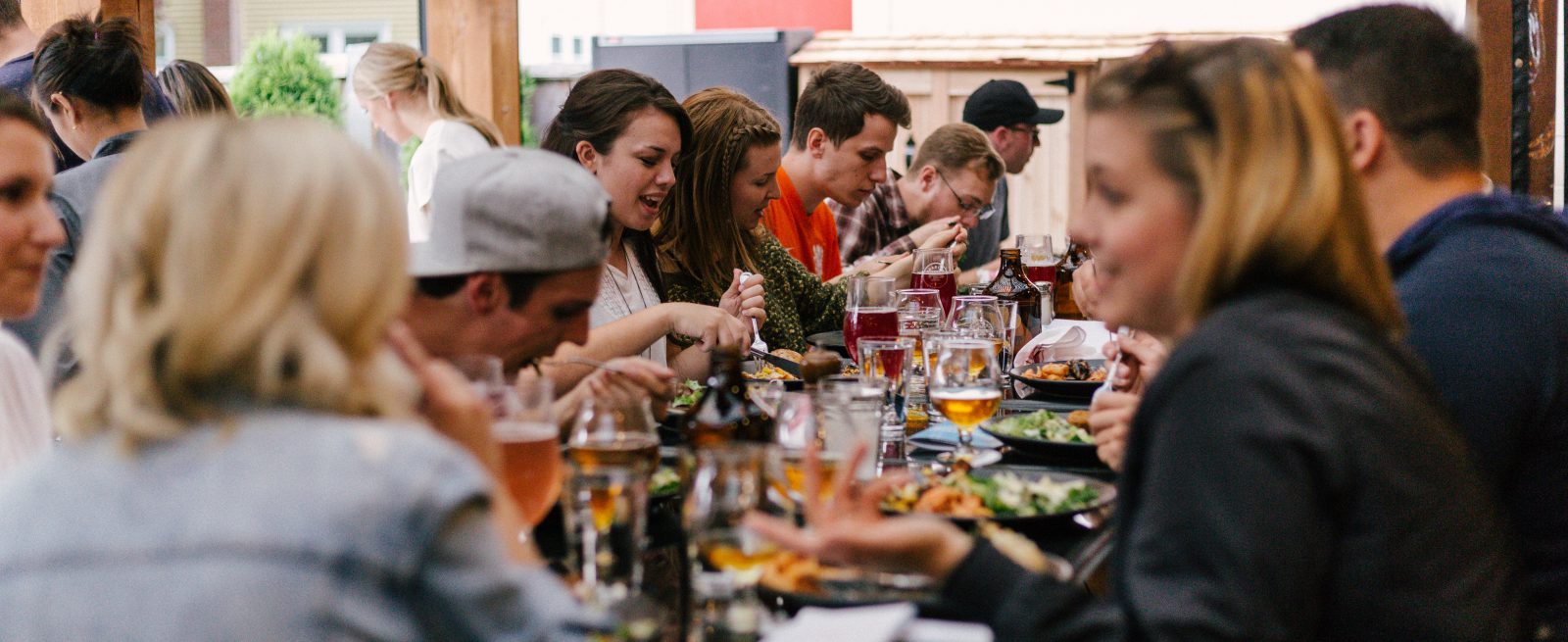How Fast Casual Restaurants Can Transform the Guest Experience (in 20 Minutes)
3 Min Read By Robert Whitehead
Restaurants face stiff competition and tough choices. They need to increase table turnover during peak periods, not only to boost profit margins, but to streamline the dining experience to accommodate increasingly time-strapped customers.
Technology such as table-top menus and other tools can certainly make dining more efficient. The trouble is, too much automation risks devaluing the human interaction that makes eating out enjoyable. Fast casual restaurants that stake their brand identity on images of happy diners chatting with cheerful waitstaff, that risk can’t be taken lightly.
There’s a middle ground. Today’s technology offers the ability to digitize the transactional components of the dining experience; specifically, the placing of orders at the front end of the meal, and the paying of orders at the back end.
Faster Sit-Down MealsIn route to a restaurant, for example, diners can use their mobile devices to place orders for drinks, appetizers and/or their entire meals. Once…
Sorry, You've Reached Your Article Limit.
Register for free with our site to get unlimited articles.
Already registered? Sign in!


